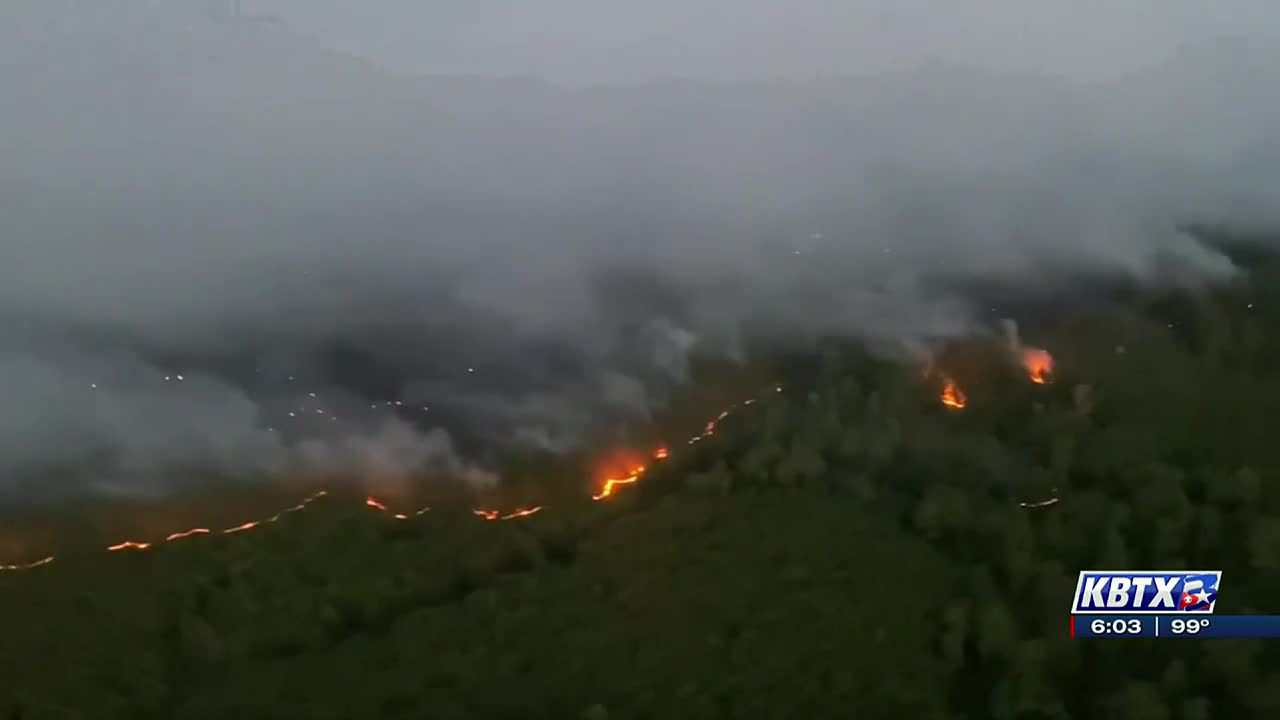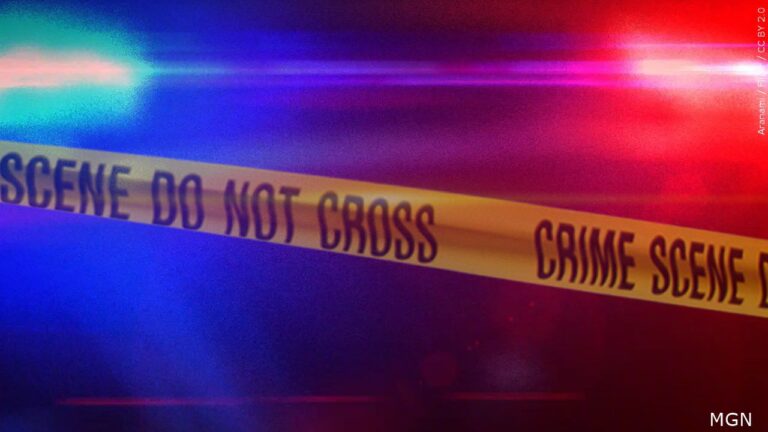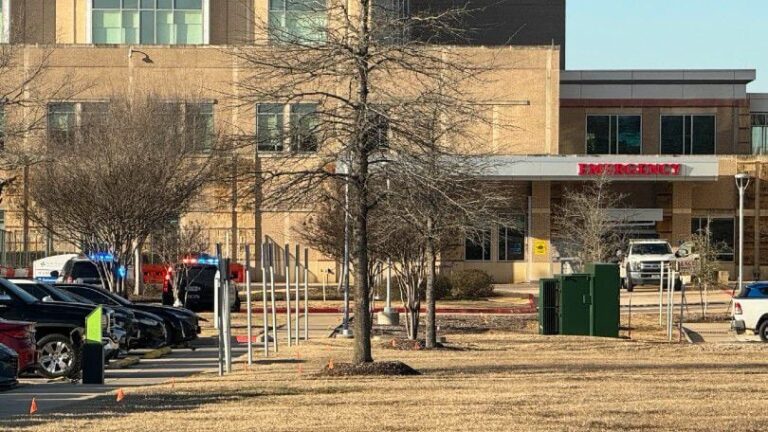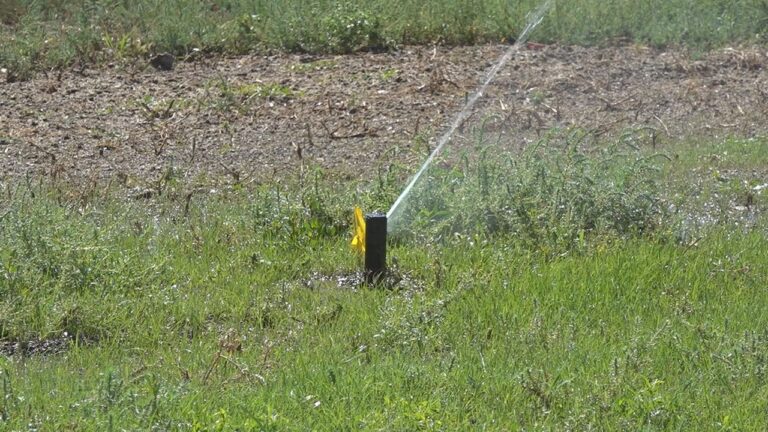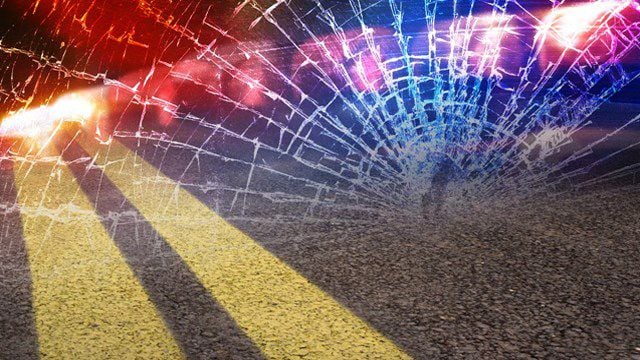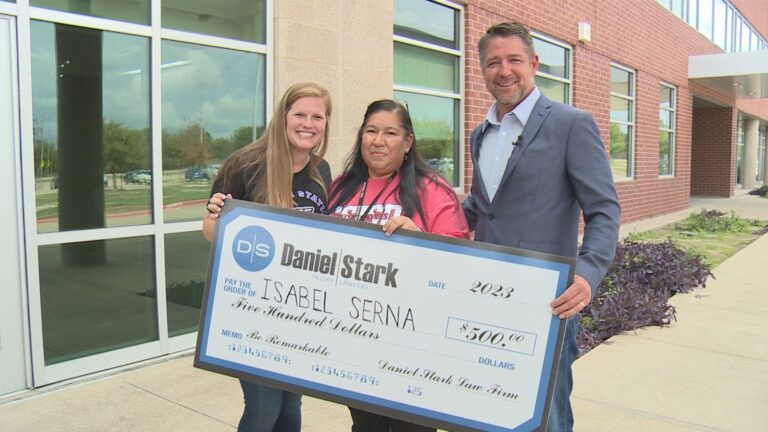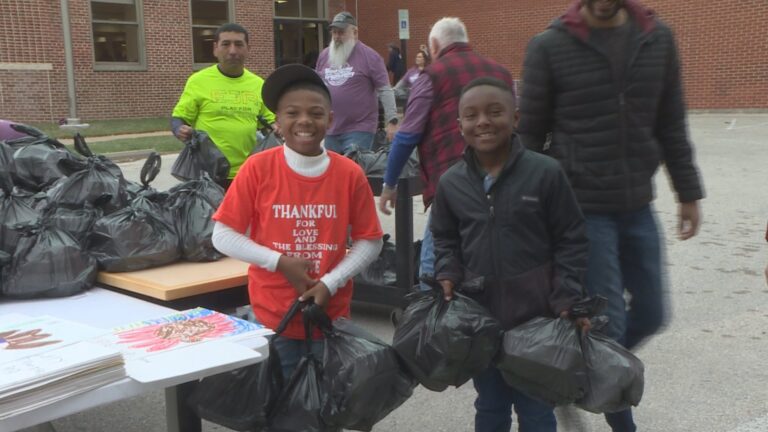Local agencies and fire departments talk wildfire preparations
BRYAN, Texas (KBTX) – A stretch of hot and dry weather is creating more fuel for wildfires to spread which is why local agencies and fire departments are constantly making sure they’re ready.
On August 14th, the Texas A&M Forest Service said it responded to 13 new wildfires that burned 488 acres. From the start of the year to August 14th, the Forest Service said it’s responded to over 2,748 wildfires that have burned over 95,000 acres. The Forest Service said this is largely due to a “flash drought” which has left a large portion of the state covered in dry fuel such as grass, brush, and trees.
Last year was a historic fire season according to the Texas A&M Forest Service. While there haven’t been as many fires this year, the Forest Service says wildfire danger remains high with triple digits in the forecast.
“We’re just in a pretty critical area of we expect to continue seeing significant wildfires until we get significant rain across the state and we stand by ready to respond to them,” Turner said.
Last week the forest service raised the state preparedness level to four, meaning there is potential for state and local resources to be committed to a fire for a long period of time.
“We were starting to see more and more fires that were having a higher resistance to control efforts, so they were harder to put out, harder to contain, they were lasting longer,” Turner said. “There were fires lasting three days, four days, up to a week before we could actually call them 100 percent contained.”
In response, the Texas A&M Forest Service has brought in additional resources such as scooping aircrafts like the ones at Easterwood Airport, air tankers, helicopters and heavy equipment, Turner said.
“Our offices are upstate, up staff with additional dozers, additional engines,” Turner said. “We also have our Texas Intrastate Fire Mutual Aid cooperators, so they are also standing up and working hand in hand with us making sure if our local fire departments need us, request our assistance, or there’s a large grass fire we’ll be there and ready.”
Travis Rollins, the Brazos County Volunteer Fire Department District 2 public information officer, said that members of the department perform wildland firefighter training at TEEX, and on Tuesday nights there is scenario-based training. In addition to training, the Brazos County VFD District 2 also has a 3000-gallon water tender that can respond to mutual aid anywhere in the county, Rollins said.
“We have a lot of people that do live in the area, even out in the county there are a lot of ranches and private citizens out there,” Rollins said. “We want to make sure that we get to these wildfires, and it could start out small, but you want to get them nipped in the bud, get it contained before it threatens home or human life.”
While this fire season has been slower than last year there are hotter conditions that increase the risks, Chris Lamb, Bryan Fire Department public information officer said. To combat wildfires, the Bryan Fire Department has two wildland trucks at the ready that are staffed 24/7 when the risk level is high.
“When we go out there and we find out that the grassland fire, the wildland fire is bigger than what it’s going to take for this wildland truck to put out we can call what is called a wildland alarm that kicks in our mutual aid with the county,” Lamb said. “In our line of work, a lot of it is being proactive. It’s assuming the situation is going to happen and being ready for it 24/7.”
Working together with other agencies and departments is one of the most important parts of making sure that wildfires are extinguished, Lamb said.
“Just having that collaborative effort with the county is huge because being able to help them and them being able to help us just brings everybody together and everybody knows the job to do to keep everyone safe,” Lamb said.
At this time, Brazos County, as well as every other county within the Brazos Valley, are under a burn ban.
“Once the ban is lifted if you do decide to burn things on your property let the non-emergency dispatch know so that your neighbors don’t call the fire department and then we head out there and it’s somebody burning off some brush,” Rollins said. “Always let dispatch know when you’re going to create any massive amounts of smoke to reduce the number of false wildland calls.”
The fire departments say anything that can create a small spark can cause a devastating fire. This includes chains dragging behind a trailer, bad breaks and hitting rocks while mowing.

